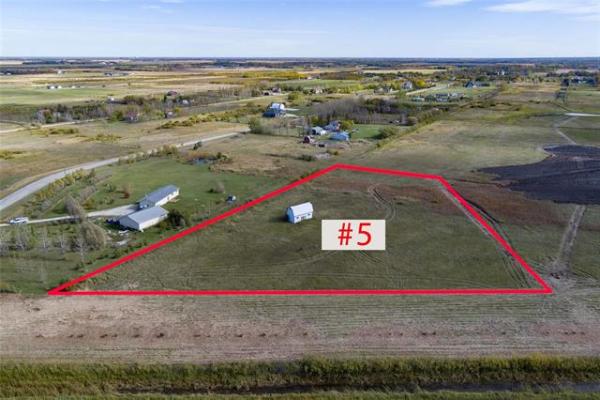Question: Recently, while putting up a mirror in my basement bathroom, a screw pierced my main-floor sewer stack. It was not detected right away, as it was a slow leak.
We have cork flooring in the bathroom, and so it was not noticed until the water reached the carpet in the hallway. I removed the cork and dried out the concrete floor. I intend to replace it with vinyl, and replace the carpet that was affected. There was no solid waste, although it did leak for about two weeks before this situation got resolved.
My question is, what is required as far as treating — or replacing — the vanity base and even the bottom of the stud walls and so on?
Thanks for helping.
— Jerry Hildebrand
Answer: Determining the cause of a leak in an older home can be a challenge, and you have already taken the correct steps to remediation by repairing the damaged stack. Dealing with the wet cabinet and framing will depend on the extent of the damage and the condition after the drain leak.
Leakage from a plumbing drain in your home can range from a minor inconvenience to a major nightmare, depending on the location and severity. It is quite common to have small, slow leaks from sink drains or traps, which are often on the less concerning end of the spectrum. These will normally cause a small amount of moisture damage to the sink cabinet, unless left unchecked for a long period of time. Since the sink waste water normally contains soaps, toothpaste, hair and a few other similar products, there is little health concern with the "grey water" that leaks out.
Unless it is left to pool in the cabinet, drywall or storage items under the sink, there may be nothing to worry about. If it does leak into paper products or the particleboard, then mould growth is a likely byproduct. In that case, complete cleaning and removal of the mouldy materials will be required to prevent a health concern for any home occupants with mould sensitivities.
Since your leak has been from the main stack, it will likely contain some human waste products from any toilets on the main floor or above. There are definitely some potential health concerns with the leakage, as the waste water may contain E. coli, bacteria and other nasty components that can make you sick.
The good news is these should all be fairly easy to clean or remove and should not pose a risk once remediation is complete. You have already taken the first — and likely largest — step in removing and discarding the flooring materials that got wet. These will easily soak up the waste water and may not only become smelly from the discharge, but mould will easily grow if they remain wet.
This also applies to any drywall that may be behind the sink cabinet, as it probably got wet from the dripping drain pipe. If it was constantly wet for a couple of weeks, there is a strong possibility the integrity of the gypsum core was compromised. If it becomes soft and swells, there is no longer much strength in the sheathing. Also, the drywall paper is an excellent food source for various moulds, particularly some toxic types known to affect sensitive individuals.
To ensure this is addressed, the drywall in the area behind the cabinet should probably be completely removed and discarded. This will not only allow access and inspection of the studs behind, it will also promote quicker drying of any wet wood in the area. This will necessitate removal of the cabinet, along with disconnection of the faucet and sink drain, but that can also help answer your question. Once the cabinet is removed, it can be inspected to see the condition of the portion that sits on the basement floor.
Most — but not all — sink cabinets have a separate kickplate area along the base. This is done so it can be easily removed and trimmed to allow for an uneven or sloped floor. If your cabinet has such a base, it should be disconnected, as it is likely swollen and stained from sitting on a wet surface for an extended period of time. The simple solution is to discard it.
If the moisture damage is restricted to this and has not travelled up into the main cabinet, it may be no additional remediation is needed. New water-guard drywall could be installed to replace the removed wall section and then the joints and edges can be taped and painted. Once complete, a new kickplate can be mounted to the cabinet and can be reattached to the wall studs, followed by reconnecting the water supply and drain pipes under the sink.
If the cabinet is water damaged or has visible mould, chucking it along with the drywall may the best — yet more costly — solution. If it or the studs and wall plates are only stained on the surface, it may be only cleaning and treating is required. The simplest test to determine this is probing the surface with a sharp object, like a scratch awl or sharp nail. If the probe easily penetrates the surface, then the moisture damage is more extensive, rot is likely and removal, discarding and replacement is warranted. If the probe does not penetrate the surface without strong force, then simple treatment may be sufficient.
There are many commercially made products for treatment of mould and harmful bacteria that should help prevent the sewage products from becoming an issue once everything has dried out and been sprayed.
Fixing your basement area, where waste water has leaked, will normally be a matter of common sense after visual inspection of the affected materials. If they are damaged, stained or mouldy from the wetting, they should be discarded. If they show little signs of those issues and still have their structural integrity, spraying with a fungicide/bacteria inhibitor may be the only remediation necessary.
Ari Marantz is the owner of Trained Eye Home Inspection Ltd. and past president of the Canadian Association of Home & Property Inspectors — Manitoba (cahpi.mb.ca). Questions can be emailed to the address below. Ari can be reached at 204-291-5358 or check out his website at trainedeye.ca.
trainedeye@iname.com



